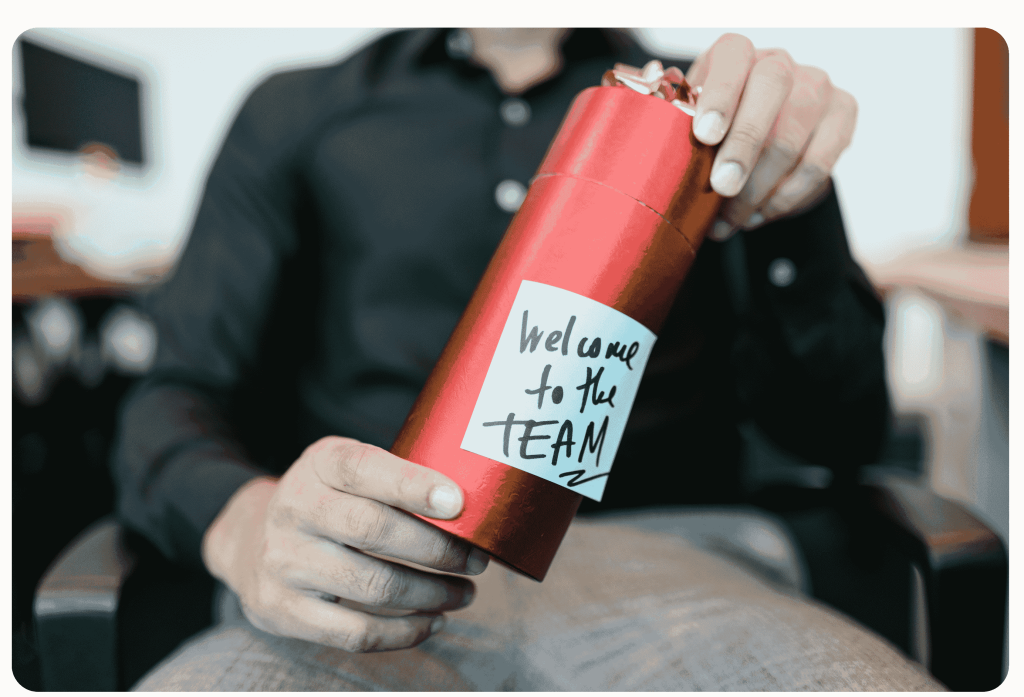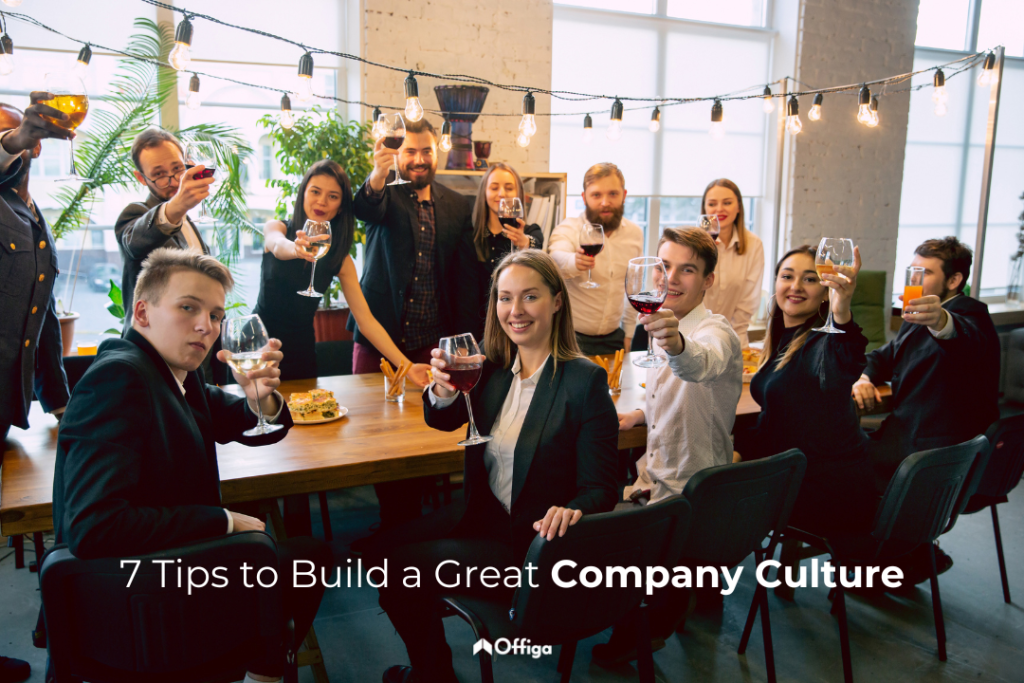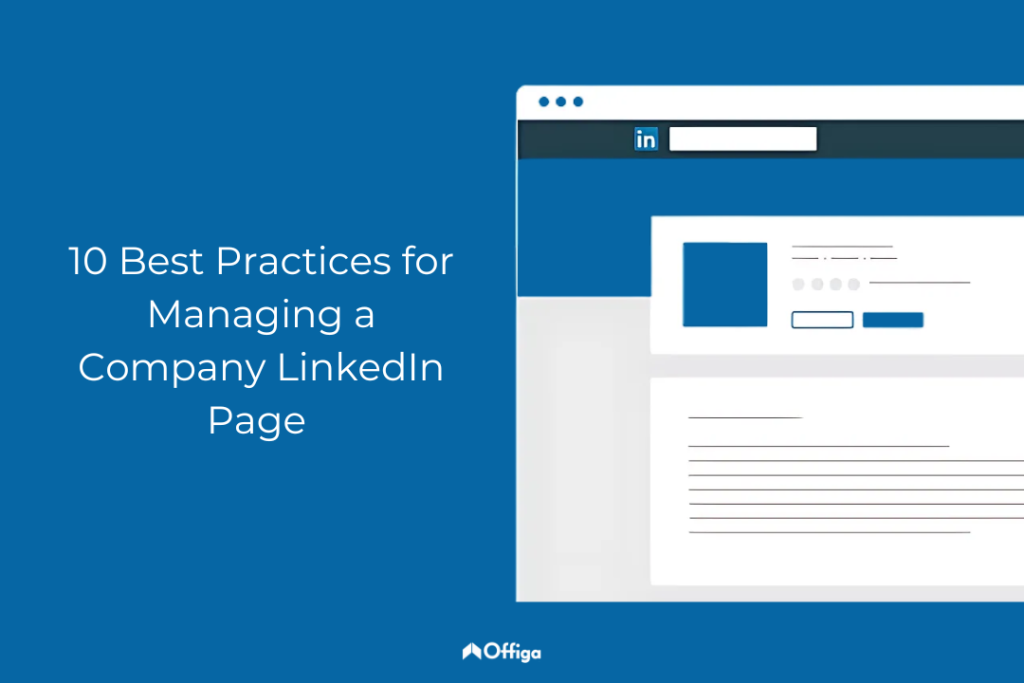An employee’s first experience with your company shapes how they’ll feel, perform, and stay. Onboarding is not just a formality — it’s the first real promise you fulfill. Do it right, and you build trust from Day Zero. Do it wrong, and you lose momentum before work even begins.
This isn’t about complicated systems or handbooks. It’s about making people feel seen, guided, and excited to belong.
Here’s how to do it — step by step.
Step 1: Begin Before Day One
The onboarding process starts the moment an offer is accepted. Send a pre-joining welcome mail with basic information, timelines, and an introduction to their manager. This reduces anxiety and shows that you’re prepared. When new hires feel expected, they feel respected.
At Offiga, we’ve seen progressive companies take it a step further by sending small pre-onboarding kits—think branded notebooks, welcome snacks, or desk essentials—to turn first impressions into lasting loyalty.

Step 2: Make Day One Effortless
The first day should be structured, calm, and clear. Ensure their laptop, email access, ID cards, passwords — everything they need — is ready. Give them a simple schedule: introductions, system walkthroughs, a short HR session, and maybe a lunch with their immediate team. Avoid a clutter of presentations. Let the day feel warm, not mechanical.
Step 3: Don’t Skip the Onboarding Kit
A thoughtfully designed onboarding kit still does what no welcome mail can. It signals effort, brand value, and intention. A good kit should include branded essentials (not cheap giveaways), tools that help them start right, and maybe a small handwritten note. You don’t need to overspend — you just need to show that you care. First impressions are remembered longer than you think.
Ready to wow your new hires without blowing your budget? Let Offiga craft a wallet-friendly kit—complete with branded must-haves, practical tools, and that personal touch—to make every newcomer feel like a VIP from day one.
Step 4: Appoint a Culture Buddy
A buddy isn’t just for helping with processes. They’re someone who explains how things work here. From “where do we eat lunch” to “what’s the tone in meetings,” these are things no training module can teach. A buddy helps break the ice and speeds up cultural onboarding without making it feel like work.

Step 5: Introduce Them to the Brand, Not Just the Job
Your company is more than a job description. New hires should walk away from onboarding knowing why your company exists, what you value, how decisions are made, and where they can contribute. Keep this engaging — use storytelling, short videos, founder notes, or simple sessions with long-time employees. This builds an emotional connection.
A good hire is just the beginning — great onboarding is what turns them into loyal, high-performing employees. When done right, onboarding isn’t an HR formality, it’s a cultural handshake. From timely communication to thoughtful gestures like welcome kits, every detail matters. Start strong, and your people will stay stronger.




